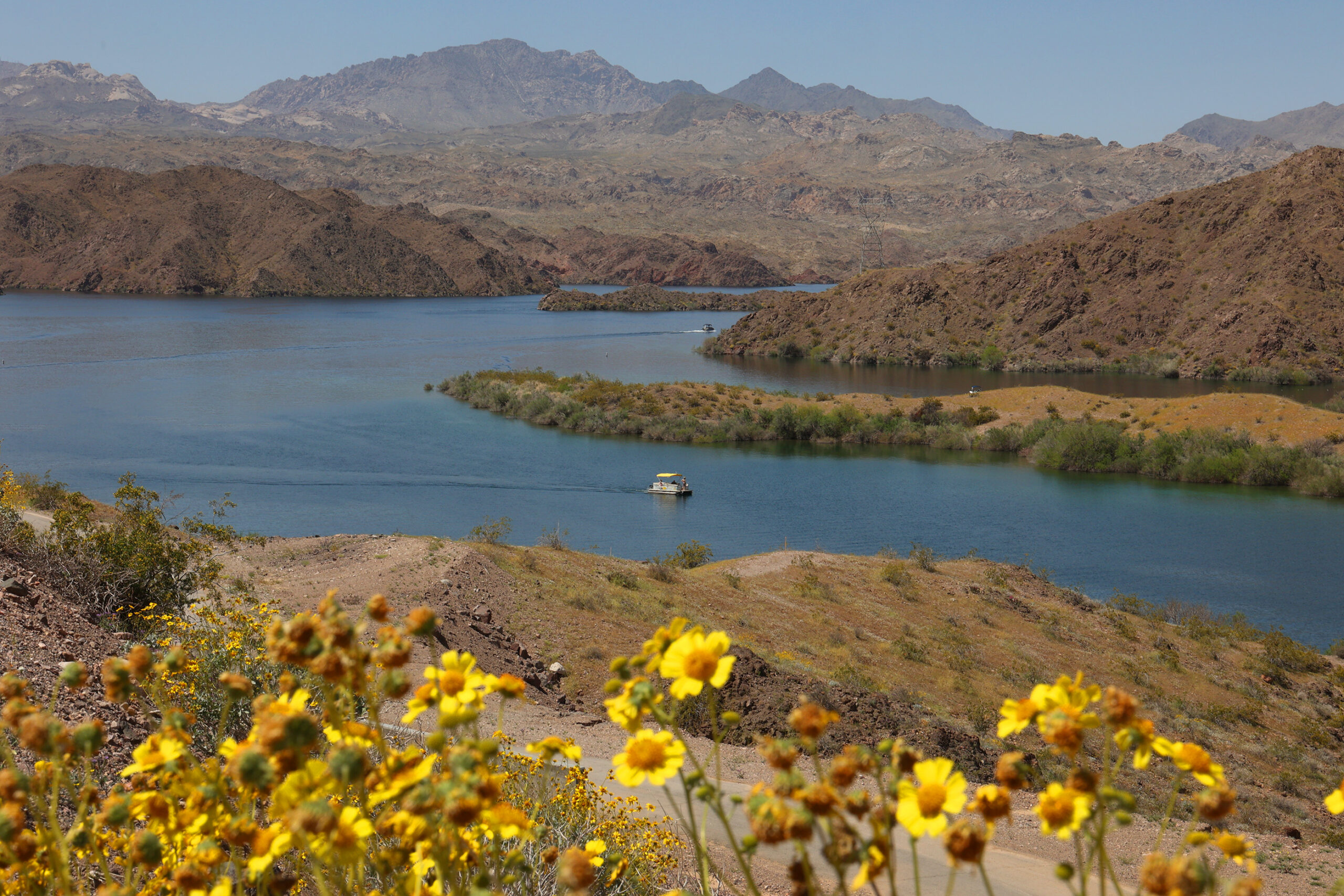No one wants another dust bowl

Nature gave us a gift, an extraordinarily wet winter. Yet this brief gift of water has also dampened the momentum necessary for averting unprecedented water shortages for the 40 million people who depend on the Colorado River.
Last year, water levels at Lake Powell and Lake Mead plummeted to historic lows, prompting the Bureau of Reclamation to have a “come to Jesus “ moment with its existing Drought Contingency Plan, demanding cuts beyond the original proposal. Their goal is to maintain enough water and hydropower for the people, agriculture and industry that depend on the river. Seven basin states were tasked with negotiating a unified plan that cut water use by 2 million to 4 million acre-feet per year.
Chronic overuse and rising temperatures have drained reservoirs. The basin states, including tribal nations, and Mexico have legal rights to 16.5 million acre-feet per year of Colorado River water, and about 1.5 million acre-feet per year is unaccounted for and evaporates or leaks before it ever reaches fields or faucets. The total demand on the river is about 18 million acre-feet per year.
Over the past 100 years, the river has delivered on average only about 14 million acre-feet per year. Since 2000, that number has dropped, even lower, to about 12 million acre-feet per year.
Experts say we need to prepare for even less. Pat Mulroy, former water manager for the Southern Nevada Water Authority (SNWA) said, “We’re talking about a body of law and a structure we’ve lived with predicated on 17 to 18 million acre-feet and a reality that has 9 to 11 million acre-feet in the river — the two don’t mesh.” Based on my calculations, balancing supply and demand requires cuts of at least 4 million acre-feet per year. The deficits are staggering.
Developing short- and long-term solutions among stakeholders is key to avoiding a devastating collapse of the Colorado River system as well as lengthy litigation. Disagreements on whose water to cut and how much will be amplified due to the “first in time, first in right” doctrine that legally distributes water “first” to those with older or “senior” rights, leaving others with junior rights holding a handful of sand.
Recently, the Lower Basin states (California, Arizona and Nevada) proposed a plan to reduce their collective water consumption by about 1 million acre-feet per year for the next three years. It’s far less than the 2 million to 4 million acre-feet per year requested by the Bureau of Reclamation. Adopting this new plan would only kick the watering can down the road.
Prior to this latest proposal, California had resisted taking responsibility for significant water cuts, prioritizing senior rights to the majority of its annual allocation of 4.4 million acre-feet , the largest share among the seven states. A concession came after California endured pushback for dissenting from a proposal by the other six states to cut water use.
In the new proposal, California agreed to more than half of the new round of water cuts.
According to Elizabeth Koebele, associate professor of political science at the University of Nevada, Reno, much of the Colorado River debate lies in the expectation that California will be held responsible for the 1.5 million acre-feet per year of evaporative losses in the Lower Basin.
By defending senior water rights and a “do nothing” plan, California had hoped to absolve itself of these losses, despite severing its own water lifeline, risking “dead pool” at Lake Mead and interrupting power and water downstream.
Evaporative water losses could be mitigated by installing solar panels over water infrastructure such as those along a 370-mile long aqueduct stretching from Los Angeles to the Owens River in the Eastern Sierra Nevada Mountains. This solar/shade project, introduced in November 2022 by the Los Angeles City Council, could reduce evaporation while generating clean renewable energy.
Municipal conservation and reuse systems play a role in water reduction across the Colorado River Basin. Southern Nevada is a testament to these strategies, growing by over 750,000 since 2002 while reducing water consumption by 26 percent. Southern Nevada’s water recycling facilities and turf removal programs are the gold standard and a model for other states.
But conservation, critical as it may be, is often used as an opportunity to support new growth and development. Ultimately, it can perpetuate sprawl, worsen traffic congestion and increase the very greenhouse gases that are heating up the atmosphere and causing water scarcity. Conservation must prioritize water use reductions over economic gains.
This can be particularly true of agriculture. A report from a multinational team of researchers explains how modern irrigation systems can actually aggravate water scarcity. “Farmers take their water saving dollars and invest them right back into production, thus there’s no ‘savings’ from the total water use equation,” stated co-author Adam Loch, associate professor at the University of Adelaide’s Centre for Global Food and Resources.
Still, water-efficient practices must be implemented to permanently reduce overall water use.
Examples include lining leaky canals that deliver water, shading canals with solar panels, installing drip irrigation systems, or switching to less thirsty crops (alfalfa is a thirsty crop).
Agriculture accounts for nearly 80 percent of water use. It’s where the most impactful water saving solutions will be found. The recent proposal put forth by the Lower Basin states would use $1 billion from the Inflation Reduction Act to fallow fields and make irrigation efficiencies.
“Paid to fallow” programs are already paying farmers hundreds of millions of dollars to leave their fields unplanted. It’s our quickest and bluntest water saving tool available, but it can come with serious consequences: increased dust pollution; damage to local farm economies; and the potential to permanently dry up the West’s farmland.
No one wants another dust bowl, yet increased water demand, drier conditions and warmer temperatures are causing considerable uncertainty for the struggling river.
In a letter to the Department of Interior and the Bureau of Reclamation last year, John Entsminger, water manager for the SNWA, wrote, “The Law of Mass Balance dictates that the Colorado River cannot provide enough water for the current level of use. The magnitude of the problem is so large that every single water user in every single sector must contribute solutions to this problem regardless of the priority system. The math is simple, even if the law and the politics are not …”
The “first in time, first in right” doctrine makes it nearly impossible to make the “right” decisions regarding water shortages. The Drought Contingency Plan is set to expire Dec. 31, 2026. Nature’s humble gift of water has afforded us an opportunity to revise the century-old laws to match the timeless laws of nature. Protecting senior agricultural rights should not come at the expense of people's right to drinking water. Nor should Lower Basin states bear the sole burden for addressing water scarcity. Planning for shortages, prioritizing water allocations and determining how to conserve municipal and agricultural water consumption requires collective cooperation.
Linda Stout is the parent of four young adults and a longtime Las Vegas resident. She is a retired educator and climate activist.
